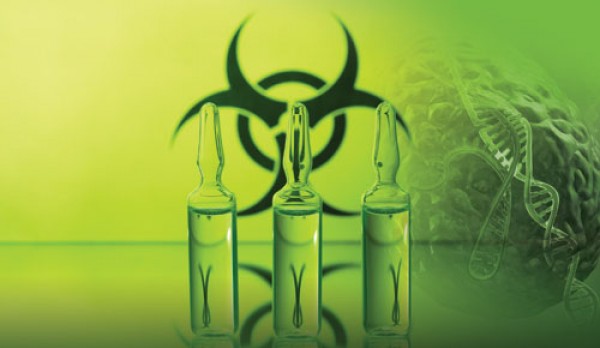Bioweapons: An Existential Threat?

March 6, 2017
With the rise and widespread dissemination of CRISPR technology, new concerns have been voiced over the possible applications of these technologies to the facile development of a new generation of potent biological weapons against which there would be no viable response. I wrote about these threats in a recent issue of Frontline Security http://security.frontline.online/article/2016/4/5714-The-Dark-Side-of-CRISPR.
Today, large scale production, storage, protection and field testing of weaponized bacteria or viruses are beyond the abilities of a small group or a terrorist cell. However, a number of countries in the world have demonstrated the ability – and the will – to unleash horrific attacks upon their perceived enemies. They undoubtedly are following the current advances in gene manipulation technology with great interest. For now though, such advances in gene manipulation, while making the process faster, simpler and more accessible, are still quite a challenge to carry out.
CRISPR/Cas9 is the best of a new generation of tools for manipulating genes, and is being used to develop cures for diseases, improve agricultural products and engineer organisms that can carry out a variety of industrial processes. It is undergoing constant improvement, making it faster and easier to employ.
Fortunately, there are many obstacles to the execution of a credible biological warfare program, perhaps the greatest is the uncertainty of the behavior of these agents once released into the environment. In the commercial realm of engineered agricultural products (herbicides, pesticides, fertilizers), all manner of living and inert substances undergo arduous evaluation (usually for years) before they can be released to the environment; yet these new inventions still have phenomenal failure rates.
Given that engineered bacteria and viruses are lethal materials, their handling and use in battle would be extremely risky, and loading them with a burden of genetic modifications could affect their behavior outside of the laboratory in unpredictable ways. In order to be confident that the bioweapon would have its desired effect, it would be essential to have field data, which could require years of testing. Would a terrorist be content to keep deploying flawed product until hitting the motherlode?
Although it represents a great step forward, the Lab science of CRISPR is far from trivial. It can only be successfully carried out in a modern, well equipped setting by experts with a good deal of training.
In the final analysis, CRISPR’s greatest threat may be its mere potential, driving fear and uncertainty throughout the public sphere. With a long and disturbing history of panic generated by relatively crude and ineffective agents, just the possibility of a new generation of more effective bioweaponry could drive governments to take radical and arbitrary steps to protect their terrified citizenry. The next few years will see many new advances.
===
Comments
Submit a Comment
Please be sure to fill in all information. Comments are moderated. Please no link dropping, domains as names; do not spam and do not advertise.

 RSS Feed
RSS Feed
There are currently no comments